-
 © Tony Baker/Classic & Sports Car
© Tony Baker/Classic & Sports Car -
 © Nissan
© Nissan -
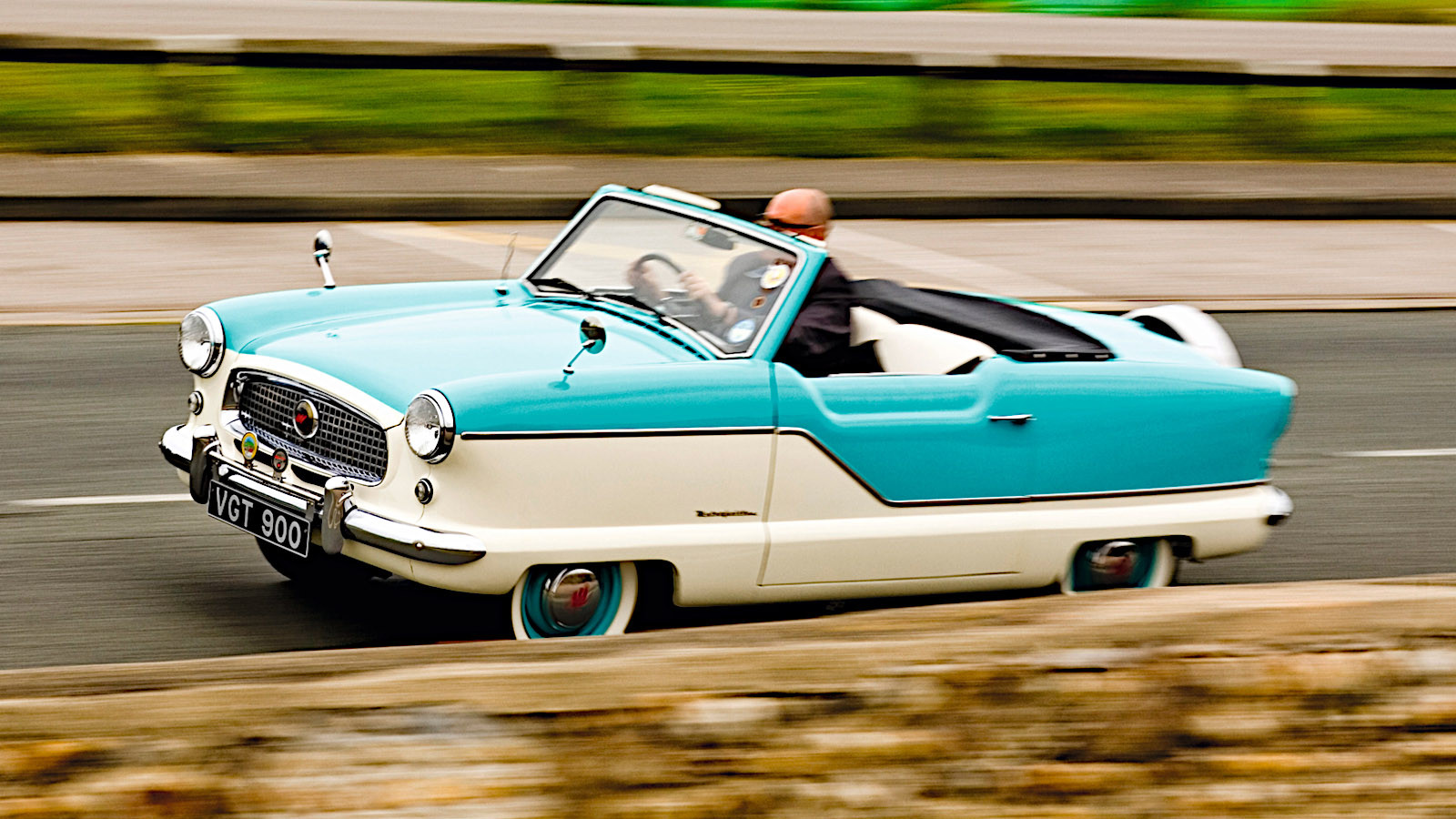 © Malcolm Griffiths/Classic & Sports Car
© Malcolm Griffiths/Classic & Sports Car -
 © James Lipman/Classic & Sports Car
© James Lipman/Classic & Sports Car -
 © RM Auctions
© RM Auctions -
 © James Mann/Classic & Sports Car
© James Mann/Classic & Sports Car -
 © Tony Baker/Classic & Sports Car
© Tony Baker/Classic & Sports Car -
 © Olgun Kordal/Classic & Sports Car
© Olgun Kordal/Classic & Sports Car -
 © Nissan
© Nissan -
 © Tony Baker/Classic & Sports Car
© Tony Baker/Classic & Sports Car -
 © Tony Baker/Classic & Sports Car
© Tony Baker/Classic & Sports Car -
 © Draco2008/Creative Commons licence https://creativecommons.org/licenses/by/2.0/legalcode.en
© Draco2008/Creative Commons licence https://creativecommons.org/licenses/by/2.0/legalcode.en -
 © Malcolm Griffiths/Classic & Sports Car
© Malcolm Griffiths/Classic & Sports Car -
 © Tony Baker/Classic & Sports Car
© Tony Baker/Classic & Sports Car -
 © Newspress
© Newspress -
 © Tony Baker/Classic & Sports Car
© Tony Baker/Classic & Sports Car -
 © Bonhams|Cars
© Bonhams|Cars -
 © Tony Baker/Classic & Sports Car
© Tony Baker/Classic & Sports Car -
 © Tony Baker/Classic & Sports Car
© Tony Baker/Classic & Sports Car -
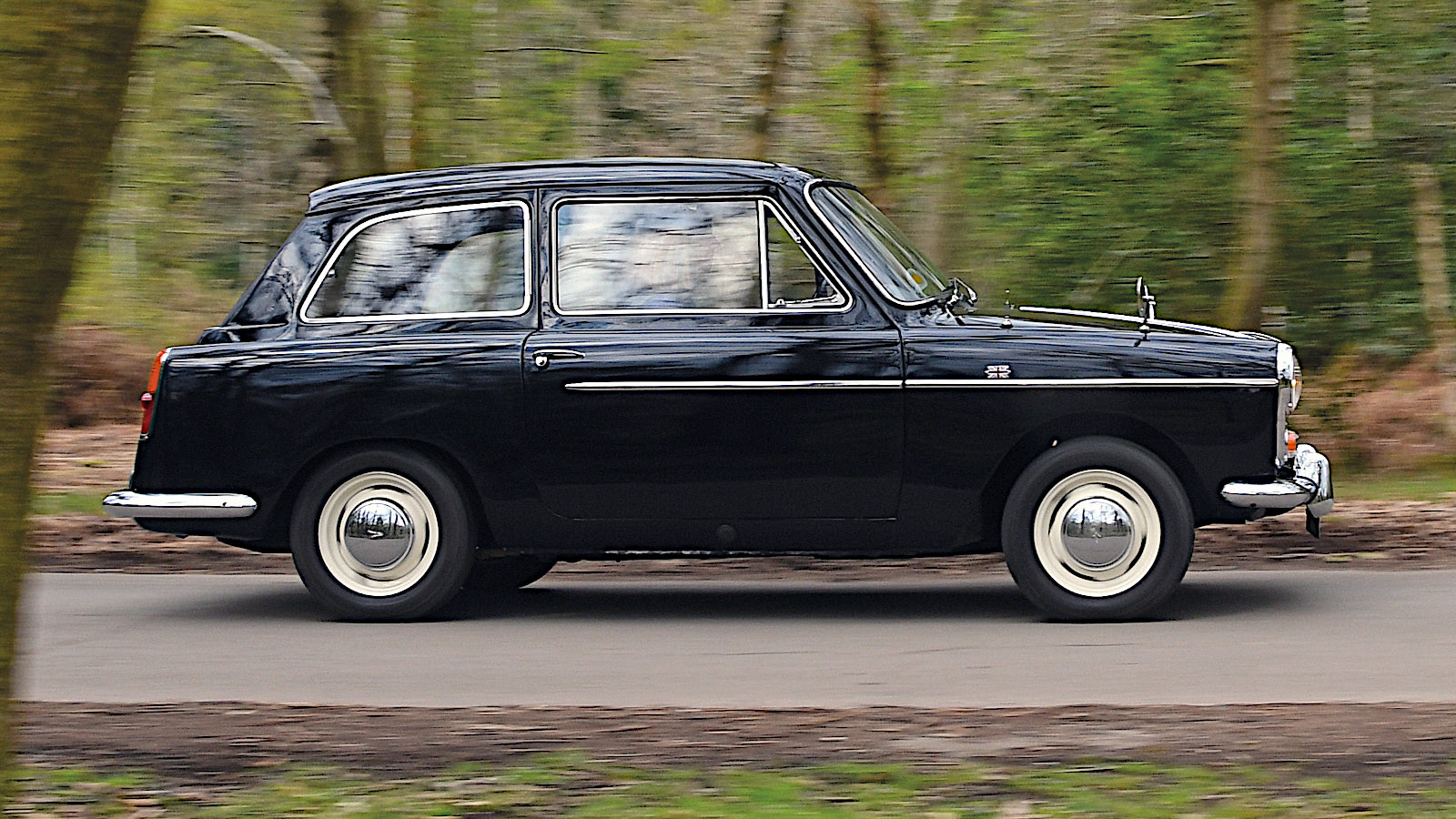 © John Bradshaw/Classic & Sports Car
© John Bradshaw/Classic & Sports Car -
 © Sicnag/Creative Commons licence https://creativecommons.org/licenses/by/2.0/legalcode.en
© Sicnag/Creative Commons licence https://creativecommons.org/licenses/by/2.0/legalcode.en -
 © Tony Baker/Classic & Sports Car
© Tony Baker/Classic & Sports Car -
 © Tony Baker/Classic & Sports Car
© Tony Baker/Classic & Sports Car -
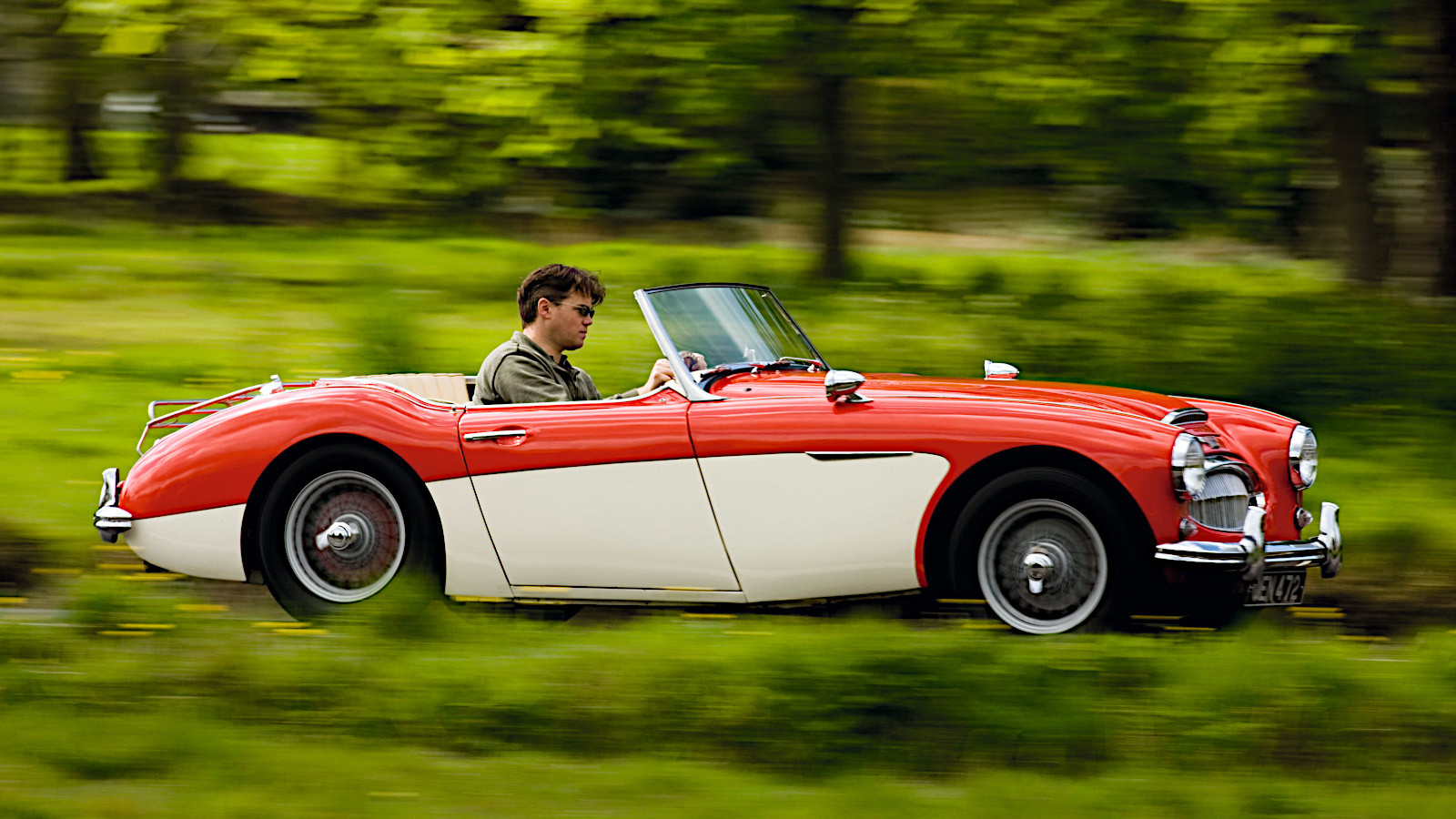 © Classic & Sports Car
© Classic & Sports Car -
 © Tony Baker/Classic & Sports Car
© Tony Baker/Classic & Sports Car -
 © Riley/Creative Commons licence https://creativecommons.org/licenses/by/2.0/legalcode.en
© Riley/Creative Commons licence https://creativecommons.org/licenses/by/2.0/legalcode.en -
 © Tony Baker/Classic & Sports Car
© Tony Baker/Classic & Sports Car -
 © Tony Baker/Classic & Sports Car
© Tony Baker/Classic & Sports Car -
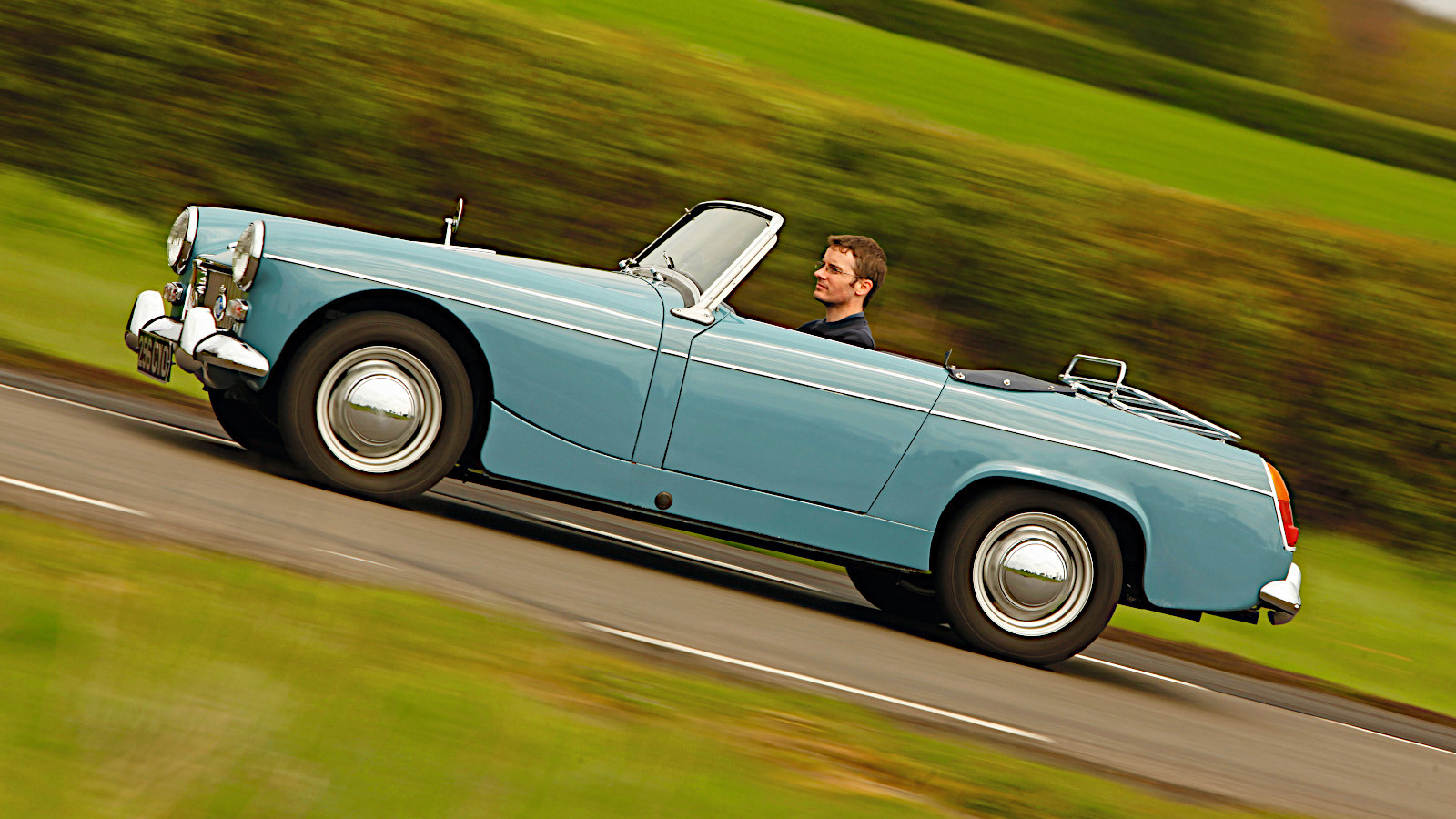 © Tony Baker/Classic & Sports Car
© Tony Baker/Classic & Sports Car -
 © Tony Baker/Classic & Sports Car
© Tony Baker/Classic & Sports Car -
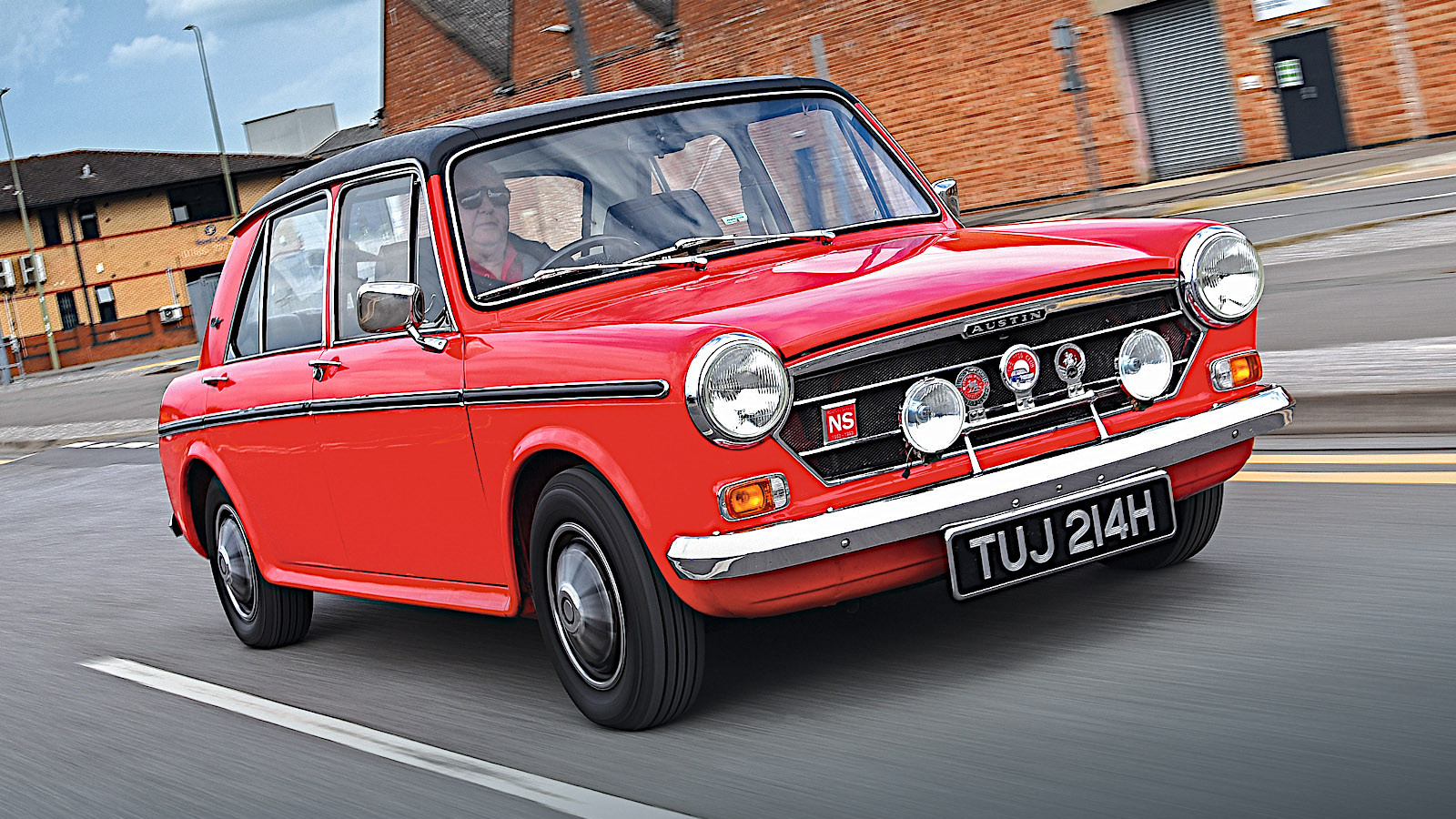 © Will Williams/Classic & Sports Car
© Will Williams/Classic & Sports Car -
 © Jeremy/Creative Commons licence https://creativecommons.org/licenses/by/2.0/legalcode.en
© Jeremy/Creative Commons licence https://creativecommons.org/licenses/by/2.0/legalcode.en -
 © Classic & Sports Car
© Classic & Sports Car -
 © Classic & Sports Car
© Classic & Sports Car
-
The best of British?
The British Motor Corporation was formed in 1952 by merging Austin, Morris and several other marques owned by the latter.
In 1966, it was merged in turn with Jaguar and became British Motor Holdings, the forerunner of British Leyland.
Those years therefore mark the beginning and end of what might be called the BMC era, which we’re looking at here through the cars introduced by the conglomerate during that period.
BMC was a skilled practitioner of what became known as badge engineering (producing more or less the same car under different brands), and while we’ll be considering some closely related models separately, we won’t be doing that in every case.
The cars are presented in chronological order.
-
1952 Austin A40 Somerset
Austin’s first post-war models were the four-door A40 Devon and two-door A40 Dorset, both launched in 1947 and powered by 1.2-liter engines.
Continuing its policy of naming cars after English counties, Austin replaced them both at the start of the BMC era with the A40 Somerset, which had the same engine but more up-to-date body styling influenced at least partly by American cars.
Available as a four-door sedan and a two-door convertible (the latter marketed, slightly confusingly, as the Coupe), the Somerset was produced for only two years before being replaced by something significantly more modern.
It was also one of two BMC cars (the second of which we’ll be coming to shortly) manufactured under license in Japan by Nissan.
-
1953 Austin Metropolitan
Among many odd features, the tiny Metropolitan was designed in the US by Nash, but assembled in the UK by Austin, which also provided the mechanicals.
In the country where it had been devised, the Metropolitan was marketed as a Nash, and later as a Hudson.
Elsewhere they were sold as Austins, though eventually the car became known simply as Metropolitan, with no marque branding.
Updated several times, the model remained in production until 1961.
-
1953 Austin-Healey 100
For two decades, a joint venture existed between giant Austin and Donald Healey’s much smaller company.
Its first fruit was the 100 sports car, referred to retrospectively as the 100-4 because of its 2660cc four-cylinder Austin engine.
It was replaced in 1956 by the slightly larger 100-6, which was powered by a 2639cc BMC C-series straight-six.
Production of 100s ended in 1959 to make way for the third, last and most famous of the cars known as Big Healeys.
-
1953 MG Magnette
MG enthusiasts who visited the 1953 London Motor Show were not impressed by the new Magnette.
Their objections centered on the fact that this was hardly an MG at all, but clearly a version of the Wolseley 4/44 sedan.
In the Magnette’s favor, it had a 1489cc B-series engine (described within MG as ‘a horrible engine, but free from bugs’) rather than the Wolseley’s older 1250cc unit.
The B-series used in the original, ZA version of the Magnette, was updated for the ZB-specification model of 1956.
-
1953 MG TF
The MG TF caused gloom among the faithful to about the same extent as the Magnette, though for different reasons.
This was the last in the series of T-type Midgets which dated back to 1936, and there was disappointment that MG was still producing a car with such obviously pre-war styling in the 1950s, particularly when Austin-Healey, under the same ownership, had just come up with the far more modern 100.
At least the addition of the 1489cc B-series engine, larger and more powerful than those used in any other T-type, was a plus point.
More 1250s were produced than 1500s, but the latter contributed to a healthy production run of nearly 10,000 TFs in a year and a half.
-
1953 Riley Pathfinder
The Pathfinder was the first Riley introduced during the BMC era, and the last model designed entirely by the auto maker, leading to claims that it was ‘the last true Riley’.
In a less complimentary manner, it was sometimes nicknamed Ditchfinder, due to an early reputation for venturing away from the intended path.
Straight-line performance was less of a problem, since the 2443cc four-cylinder twin-cam engine produced around 110HP – a sturdy figure for the early 1950s.
The Pathfinder was replaced in 1957 by a new model more closely related to other cars in the BMC range.
-
1953 Wolseley 4/44
As mentioned earlier, the 4/44 was the car from which the MG Magnette ZA was derived.
Differences between the two were limited to their names, their styling details and, most significantly, their engines.
While the MG had the 1498cc BMC B-series unit, the less sporty Wolseley made do with the old Morris 1250, making it the slower of the two by a considerable margin.
The B-series was brought in for the 4/44’s otherwise very similar 1956 replacement, which was named 15/50.
-
1954 Austin A40 and A50 Cambridge
The A40 Somerset was replaced in 1954 by the A40 and A50 Cambridge, which were in most respects identical.
The main difference was that although they were both powered by the B-series engine, the A40’s had a new, lower capacity of 1200cc while the A50’s was the more familiar 1489cc.
The A50 was the more popular of the two in the UK, and was the only version manufactured by BMC Australia and Nissan.
-
1954 Austin Westminster
The first Austin Westminster, designated A90, was exactly contemporary with the A40 and A50 Cambridge, which at first glance it resembled.
It was, however, larger in every dimension, and powered by the 2639cc C-series straight-six.
Production of the A90 lasted only until 1956, but other Westminsters followed, the last two (named A99 and A110) being part of BMC’s line of large Pininfarina-styled sedans.
-
1954 Morris Oxford Series II
When the Series II was introduced, Morris had been building cars called Oxford for 41 years.
The name does not mean that this was only the second model overall, but that it was the second launched after the Second World War.
Unlike its immediate predecessor, it in no way resembled a scaled-up Minor, and it was the first Morris powered by the 1489cc B-series engine, which would also be used in the updated Series III (pictured) and the station-wagon-only Series IV.
None of these would remain on the UK market for long, but the Series III was manufactured under license, and substantially developed, in India, where it was sold as the Hindustan Ambassador and remained in production into the 21st century.
-
1954 Wolseley 6/90
Although it looked very much like the Riley Pathfinder, the 6/90 was technically quite different.
Among many contrasts, it was not fitted with Riley’s four-cylinder engine but with the 2639cc C-series straight-six.
Two updates followed in quick succession, the Series II being introduced in late 1956 and then replaced by the Series III (pictured) before the middle of the following year.
-
1955 MGA
Grumbles about the TF looking old-fashioned became irrelevant when that car was replaced by the MGA.
This was an attractive, modern and unquestionably post-war two-seater which was so appealing to customers that MG was able to build more than 100,000 examples in seven years, obliterating the marque’s previous record and exceeding its entire pre-war production by a factor of four.
Throughout its run, the MGA was powered by the B-series engine, though its capacity gradually increased from 1489cc to 1588, and eventually to 1622cc.
A little more than 2000 of the 1588cc cars had twin-cam cylinder heads, which made them very successful in competition when running on high-octane gasoline, but dismally unreliable on the fuel ordinary motorists could buy.
-
1955 Morris Isis
The Series I Isis, and the Series II which replaced it in 1956, were counterparts of the Series II and Series III Morris Oxfords respectively.
This was more than a simple case of badge engineering, though, since they were both fitted with the six-cylinder C-series engine, rather than the four-cylinder B-series.
The ‘six’ wouldn’t fit under the hood of the Oxford, so – like the Ford Zephyr of 1950 compared with the Consul of the same year – the Isis had to have a longer front end.
In both series, the Isis was available as a four-door sedan or a two-door station wagon.
-
1956 Austin A35
The Austin A35 was the successor to the A30, which had been fully designed (and shown to the public) before BMC was formed.
Along with the Morris Minor, the A30 had been one of the first cars fitted with the new BMC A-series engine, which then measured 803cc.
For the A35, it was enlarged to 948cc (and later to 1098cc for the van version), which provided a useful power boost.
Among the other changes, one of the most helpful was a significantly larger rear window.
-
1956 Austin Princess IV
One of the grandest, and indeed rarest, cars on this list, the Princess IV was badged as an Austin but was actually designed and built by Vanden Plas, a BMC-owned former coachbuilder of Belgian origin.
Such a large vehicle required a correspondingly large engine, and the Princess was powered by Austin’s 3995cc D-series straight-six.
Also used in vehicles as varied as lorries and the Jensen 541, the D-series had twin SU HD6 carburetors in this application.
The Austin branding was dropped in 1958, and for the remaining year of production the car was known simply as the Princess IV.
-
1957 Austin A55 Cambridge
The Austin A50 Cambridge was re-engineered for 1957 and became the first of two Austins named A55.
There were slight visual differences at the front, but most of the changes were at the other end, where the tail was longer, the rear window was larger and no trace remained of the earlier model’s styling oddity nicknamed ‘cow hips’.
The 1489cc B-series engine was retained, though now producing slightly more power than it had done for most of the A50’s lifetime.
In addition to the sedan, half-ton van and pick-up derivatives were also produced, and there was even a coupe utility version built in Australia.
-
1957 Riley One-Point-Five/Wolseley 1500
The One-Point-Five and 1500 were among several examples of Riley and Wolseley producing almost exactly the same car.
Both were closely related to the Morris Minor, but fitted with the 1489cc B-series motor, which was far larger than anything ever found under the hood of a production Minor.
To differentiate the two models, the engine produced more power in the Riley than in the Wolseley (pictured), which was also less well equipped.
However, being cheaper, the Wolseley was also more popular, selling in far greater numbers than its Riley equivalent.
-
1957 Riley Two-Point-Six
Following on from the Pathfinder, the Two-Point-Six showed that Riley, once a very distinctive marque, was gradually becoming just another of the BMC brands.
It was essentially a rebadged Wolseley 6/90 Series III, and its name betrayed the fact that Riley’s 2443cc twin-cam ‘four’ had been replaced by the 2639cc single-cam BMC C-series ‘six’.
In an exact repeat of the One-Point-Five/1500 situation, the Two-Point-Six was more powerful and better-equipped than the 6/90, but also more expensive and less popular.
-
1958 Austin A40 Farina
The last A40, and the only one not named after an English county, was also the first BMC model designed by the Italian Pininfarina studio.
It was sold both as a sedan and, in Countryman form, as what has been described as a hatchback, though since the rear window opened separately and there was nothing resembling a tailgate, the term seems inaccurate.
All A40s of this generation had the BMC A-series engine, measuring 948cc at first and later 1098cc.
Among other motorsport successes, a very highly modified A40 driven by George ‘Doc’ Shepherd dominated the 1960 British Saloon Car Championship, which had an engine-capacity limit of 1-liter.
-
1958 Austin Lancer/Morris Major
Never sold in the UK, these cars were close relatives of the Riley One-Point-Five and Wolseley 1500, developed and manufactured by BMC Australia, which also produced the Wolseley locally.
They went into a second series in late 1959, now 9in longer than before (six of those inches having been added to the wheelbase) and with more room for both passengers and luggage.
The Lancer was discontinued in 1962, but the Major continued into a third series, now with the 1622cc version of the BMC B-series engine, rather than the previous 1489cc.
-
1958 Austin-Healey Sprite
The Sprite was the only Austin-Healey model not referred to (as the 100 and 3000 were) as a Big Healey.
The prominent headlights of the original model led to it being nicknamed Frogeye in the UK and Bugeye in the US.
Always powered by an A-series engine, though the capacity varied from 948 to 1275cc, the Sprite went into a new generation in 1961, and from then on was almost indistinguishable from the MG Midget.
The Austin-Healey joint venture came to an end in 1971, so there was no Sprite equivalent of the later, Triumph-engined Midgets.
-
1959 Austin Cambridge
More new BMC models were introduced in 1959 than in any other year of the conglomerate’s existence.
One of the most significant was the second Austin to be named A55 Cambridge.
Unlike the previous model, this was one of the many mid-sized BMC cars designed by Pininfarina, and therefore looked very different from its predecessor, even though they were mechanically similar.
The prominent tailfins of the A55 were reduced for the 1961 A60, which had a larger version of the B-series gasoline engine and was also available – unusually for a British car of this period – as a diesel.
-
1959 Austin-Healey 3000
The 100-6 was replaced in 1959 by the grandest of all the Big Healeys.
Like the previous model, it was powered by the BMC C-series engine, but this was now larger than before at 2912cc.
Formidable enough in ordinary use, and more or less the poster child for what used to be called ‘hairy-chested sports cars’, the 3000 was also very successful in various forms of competition, but particularly in rallies.
It was discontinued in 1967 in favor of the MGC, which is widely regarded (though perhaps not by King Charles III, an enthusiastic former owner) as a disappointment.
-
1959 Mini
Although it was sold with several names (including, but not limited to, Austin Seven and Morris Mini Minor), BMC’s most famous car is generally known simply as the Mini, which had become its official name by the time production ended after 41 years.
Always powered by an A-series engine of some sort, with capacities ranging from 848 to 1275cc, the Mini was, at least in the 1960s, an astonishing combination of practical and economical family transport, a style icon favored by celebrities and an outstandingly successful competition car.
In 1999, while it was still on sale, it was voted second in the Car of the Century awards, losing out to the Ford Model T, but beating the Citroën DS, Volkswagen Beetle and Porsche 911.
-
1959 Morris Oxford
The previously unconnected Austin Cambridge and Morris Oxford lines converged in 1959, when both names were used for models in the mid-sized BMC Farina range.
There were some detail differences between the two cars, but structurally and mechanically they were identical, and were both upgraded (a process which included replacing the 1498cc version of the B-series engine with the new 1622cc unit) in 1961.
Other very similar models were produced by other BMC marques, namely MG, Riley and Wolseley.
The Wolseley 15/60 was actually the first of them, having been launched near the end of 1958, though it is far from being the best known today.
-
1959 Vanden Plas Princess
As mentioned earlier, the Austin A99 and A110 Westminster were both part of the largest range of BMC Farina sedans.
This also included the Vanden Plas Princess which, like the Austins, was powered by the 2912cc C-series engine, at least to begin with.
That changed in 1964, when the Princess was given a significant update and renamed Princess R (pictured).
The outstanding feature of this model was its engine, a 3909cc straight-six designed by Rolls-Royce and producing a claimed c175HP – significantly above the output of the C-series as fitted to any unmodified production car, including the Healey 3000.
-
1959 Wolseley 6/99 and 6/110
Badge engineering wasn’t quite as prevalent in the large BMC Farina range as in the mid-sized one, but it still happened.
The Wolseley 6/99 replaced the 6/90, and was essentially the same thing as the Austin Westminster and Vanden Plas Princess.
Like the Austin, but unlike the Vanden Plas, the Wolseley was given a new name after the 1961 update, being known thereafter as the 6/110.
Production extended beyond the close of the BMC era, coming to an end in 1968.
-
1961 MG Midget
While several pre-war MG sports cars had been known informally as Midget, this became an official model name in 1961.
The new Midget was almost identical to the second-generation (and first non-Frogeye/Bugeye) Austin-Healey Sprite, which led to the very similar machines becoming known collectively as Spridgets.
There were two updates before the Sprite was discontinued in 1971, leaving the Midget to continue alone.
From 1974 to its own cancelation in 1980, the Midget was powered by the 1493cc engine used in the Triumph Spitfire, replacing the A-series which had been used in all previous years.
-
1961 Riley Elf/Wolseley Hornet
Although it is remembered mostly as a two-box sedan, the Mini was available with several other body styles, including a station wagon, a pick-up, a van and, eventually, a convertible.
From 1961 to 1969, it was also offered as a sedan with an extended tail, in which form it was known as either the Riley Elf (pictured left) or the Wolseley Hornet (right).
These cars were not identical, the Riley being slightly more upmarket as usual, but they both featured extravagant chrome grilles and highly upgraded interiors.
Around 30,000 of each were built before the idea was abandoned at the end of the decade.
-
1962 ADO16
This is the code name for a small family car – related to, but larger than, the Mini – which was sold as an Austin (1300GT pictured), an MG, a Morris, a Riley, a Vanden Plas and, in Italy, an Innocenti.
There were sedan and station-wagon body styles, and the engine was always an A-series, measuring either 1098 or 1275cc.
Today, far fewer people know about this car than about the Mini, but it was a sales triumph in its time.
When the Society of Motor Manufacturers and Traders began collating annual UK car registrations in 1965, the ADO16 was number one, and it remained in that position almost continuously until 1971, briefly dropping to second behind the Ford Cortina Mk2 in 1967.
-
1962 Austin Freeway
Produced by BMC Australia, the Austin Freeway was yet another of the mid-sized Farina models, but differed from all the others in that it had a six-cylinder engine, enabling it to challenge Chrysler, Ford and Holden.
The engine was derived from the existing four-cylinder B-series and measured 2433cc.
A slightly more expensive version of the same car was sold as the Wolseley 24/80.
In New Zealand, where Austin and Morris dealerships were still separate despite the merger of the two former rivals a decade earlier, the Freeway was sold as a representative of either marque, depending on who it was purchased from.
-
1962 MGB
Following alphabetic convention, the replacement for the MGA was named MGB, and went on to have an impressively long life, remaining in production until 1980.
It was available either as a roadster or as a coupe (known as the MGB GT) and was usually powered by a 1798cc version of the B-series engine.
The exceptions were the MGC and the MGB GT V8, which were fitted with the 2.9-liter C-series and the 3.5-liter Rover unit respectively.
After more than a decade, the MGB briefly returned during the 1990s in the form of the MG RV8 roadster, which used a 3.9-liter version of the Rover engine.
-
1964 Austin 1800
Nicknamed the Landcrab, the Austin 1800 was the last new model introduced before BMC became British Motor Holdings.
Startling though this may seem now, it was named Car of the Year in 1965, scoring 78 points compared with just 18 for the third-place Ford Mustang.
The 1800’s name was inspired by the 1798cc B-series engine used exclusively during the BMC period, though a 2.2-liter straight-six would be added later, leading to the Austin being renamed 2200.
With minor changes, the same car was also sold as Morris and a Wolseley, and would be the inspiration for the Australian six-cylinder Austin (and, in New Zealand, Morris) Kimberley and Tasman of the early 1970s.
